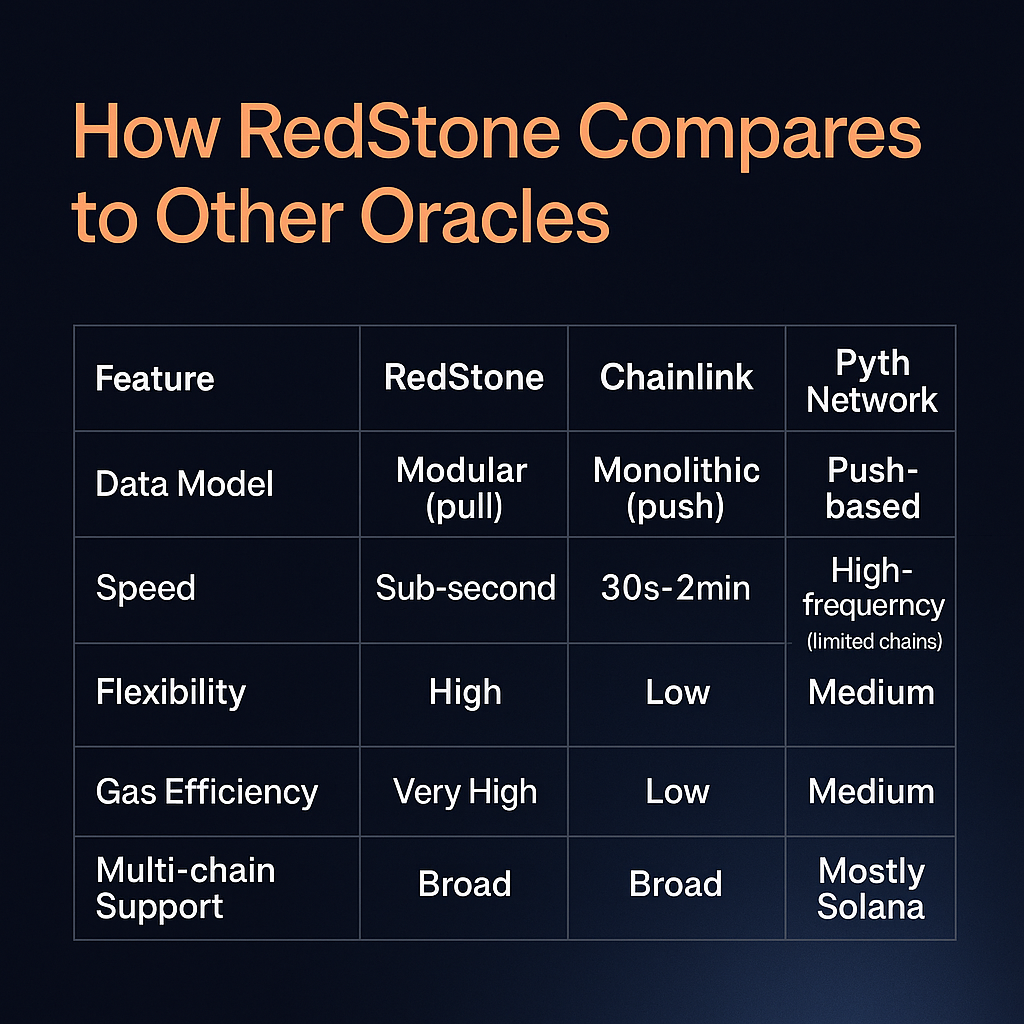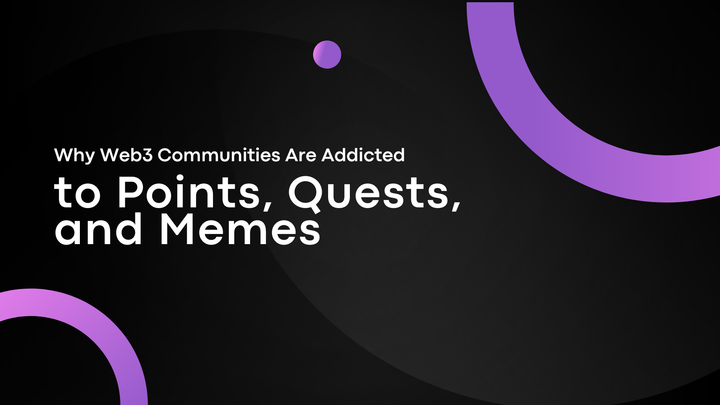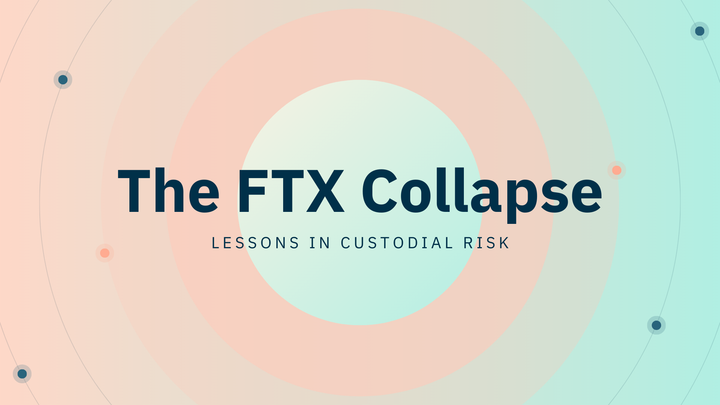Why Modular Oracles Like RedStone Are the Future of Web3 Data Infrastructure

The Role of Oracles in Crypto
Oracles are essential to the functionality of decentralized applications. They serve as bridges between blockchains and the real world, feeding external data — like asset prices, weather, or sports results — into smart contracts. Without oracles, DeFi protocols, prediction markets, and many blockchain use cases simply wouldn’t function.
However, the traditional oracle model has significant limitations.
Limitations of Legacy Oracles
Most legacy oracles (e.g., Chainlink) operate on a "push-based" model — constantly publishing data on-chain at fixed intervals, whether it’s used or not. This leads to:
- Increased gas costs
- Network congestion
- Latency in data delivery
- Lack of flexibility for protocol-specific use cases
As the blockchain ecosystem grows more diverse and performance-sensitive, this outdated model is reaching its limits.
Enter Modular Oracles: A Smarter Architecture
Modular oracles change the game by decoupling data storage from on-chain execution. Instead of constantly posting updates, modular oracles keep data off-chain and bring it on-chain only when required by a smart contract.
This "data-on-demand" approach offers:
- Reduced gas consumption
- Faster data delivery
- Greater scalability
- Customizability for specific protocols and use cases
Why RedStone Is Leading the Modular Oracle Revolution
RedStone stands out as a pioneer in modular oracle design. Unlike traditional oracles, it delivers high-performance data feeds using a modern, developer-first approach.
Key Benefits of RedStone:
- Modular architecture: Data is stored off-chain until needed
- Multi-chain support: Seamless integration across EVM chains and beyond
- Real-time data: Sub-second latency for time-sensitive use cases
- Lower costs: On-chain bloat is eliminated, keeping gas fees minimal
- Custom feeds: Tailored oracles for DeFi, NFTs, RWAs, and more
Three Integration Models for Any Use Case
RedStone offers flexibility with three different integration models:
- Pull Model: RedStone’s Pull Model is designed for dApps that only need data when a user interacts with them. Instead of constantly pushing data on-chain, it fetches it on demand — saving gas and reducing unnecessary storage. This makes it ideal for cost-efficient and scalable DeFi apps that value flexibility and performance.
- Push Model: RedStone’s Push Model works like traditional oracles — data is sent to the blockchain at regular intervals. This is useful for protocols that need constant, up-to-date information available on-chain, like lending platforms or stablecoins. While it uses more gas than the Pull Model, it ensures that data is always ready when needed without delay.
- X Model: RedStone X Model is made for extra secure use cases like perpetuals and derivatives. It works in two steps to stop front-running and keep data safe. Developers can choose this model if they need strong protection in their apps.
This range of options allows developers to choose the most efficient model for their specific needs.
How RedStone Compares to Other Oracles

Why Modular Oracles Matter for the Future
As DeFi matures and more complex use cases emerge — including on-chain trading, synthetic assets, RWAs, and gaming — the need for custom, low-latency, and cost-efficient oracles becomes critical.
Modular oracles are the only model that can scale with this demand without compromising performance or decentralization.
Final Thoughts
RedStone represents a new era in oracle infrastructure: modular, efficient, and built for the next generation of dApps. By providing developers with real-time, customizable data access without the traditional costs, it enables a more agile, performant Web3 ecosystem.
If you're building or investing in DeFi, RWAs, or anything that depends on reliable data feeds — modular oracles like RedStone should be on your radar.



Comments ()